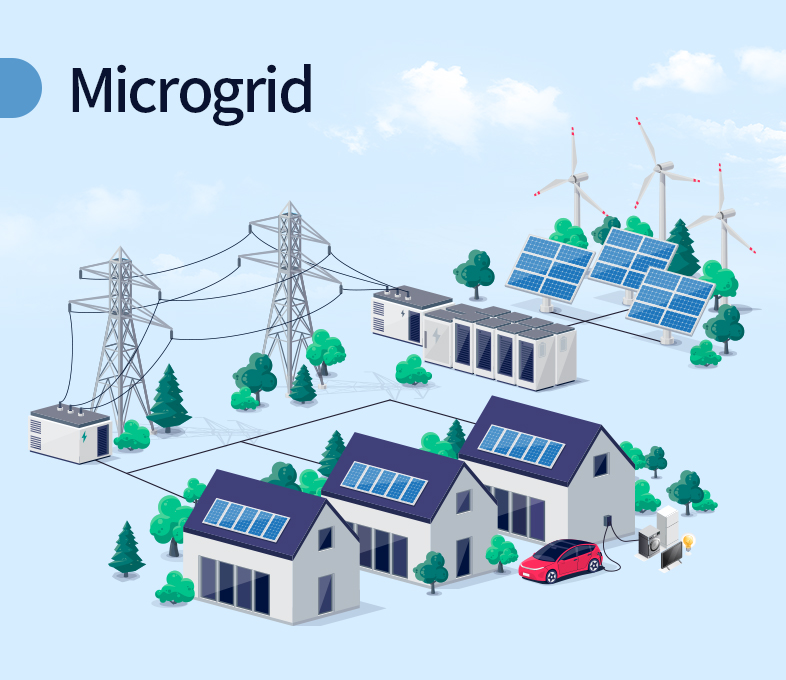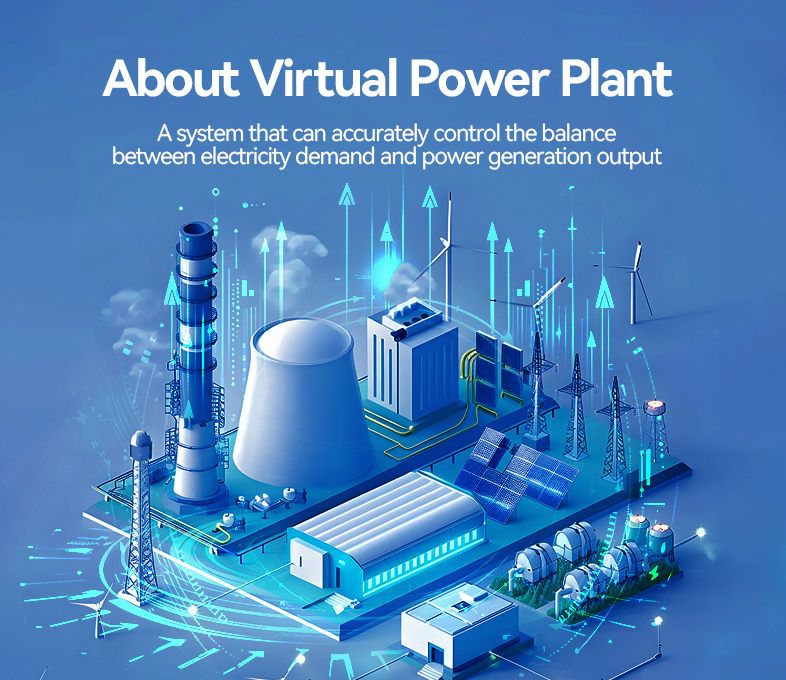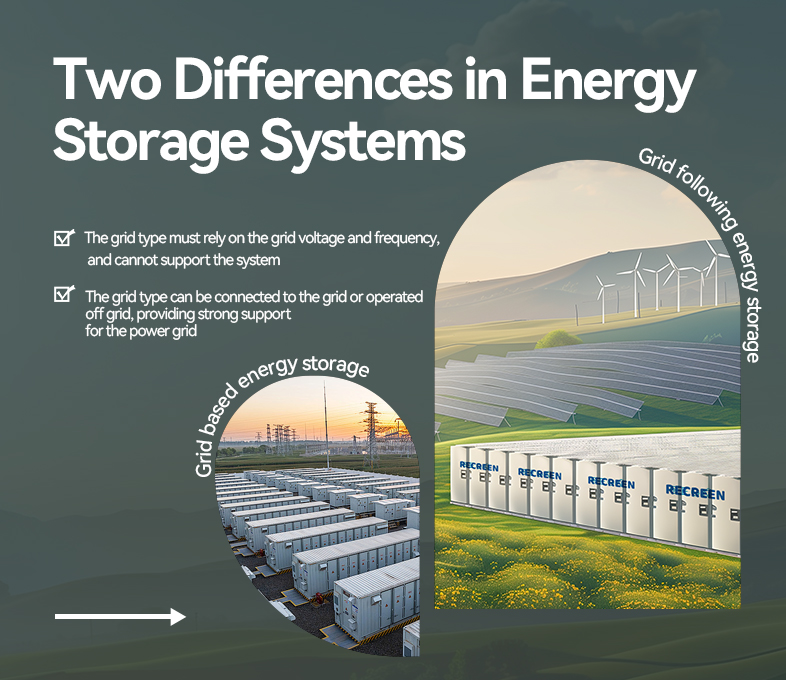In today’s rapidly advancing technological landscape, the development of power systems is experiencing a profound transformation. In this transformation, microgrids, with their unique advantages, are gradually becoming the “green engine” of future power systems. So, what are microgrids? What are their characteristics and advantages? This article will unveil the mystery of microgrids and let you appreciate their charm.
Microgrid: A Small, Modular Power System
As the name suggests, a microgrid is a small, modular power system. It integrates distributed energy sources (such as solar, wind, and other renewable energy generation equipment), energy storage systems, power electronic devices, and loads, forming a localized power supply network that can operate independently or in coordination with the main power grid. This new structure of power systems offers significant advantages in energy utilization, environmental protection, and more.
Four Main Characteristics of Microgrids
01 Autonomy
Microgrids can operate independently, decoupled from external power grids, ensuring that critical loads are supplied when external power grid faults occur. This feature makes microgrids widely applicable in remote areas and islands where power supply is unstable.
02 Flexibility
Microgrids can flexibly incorporate various distributed energy sources and loads according to needs, achieving diversified energy utilization. This flexibility allows microgrids to adapt to different scenarios and demands, providing users with a more reliable power supply.
03 Efficiency
By optimizing operational strategies and energy management, microgrids can enhance energy utilization efficiency and reduce losses. This not only helps save resources but also lowers electricity costs for users, achieving a win-win situation for economic and environmental benefits.
04 Environmental Friendliness
Microgrids extensively utilize renewable energy, helping to reduce fossil fuel consumption and environmental pollution. With the growing global awareness of environmental protection, microgrids will become a significant force in promoting the development of green energy.
Classification of Microgrids
01 Macro Classification
- Independent Microgrid: This is a power supply method that can be built and operated independently, with no connection to external grids. An independent microgrid can ensure the balance of generation and supply within itself, achieving stability in power supply within the grid.
- Grid-Connected Microgrid: This operates in conjunction with external power grids. When external power grids experience faults, the microgrid disconnects from the external grid to control internal power sources and energy storage systems, allowing for the normal supply of crucial electrical loads.
02 Micro Classification
- DC Microgrid: Distributed energy sources, storage devices, and loads are all connected to a DC bus, which then connects to an external AC grid through power electronic inverters. DC microgrids can provide power to loads of different voltage levels, while fluctuations in distributed sources and loads can be adjusted by energy storage devices on the DC side.
- AC Microgrid: Distributed energy sources and storage devices are connected to an AC bus through power electronic devices. Currently, AC microgrids remain the main form of microgrids. By controlling the switch at the Point of Common Coupling (PCC), the microgrid can switch between grid-connected operation and island mode.
- Hybrid AC-DC Microgrid: This includes both AC and DC buses, allowing it to supply power directly to both AC and DC loads.
- Medium Voltage Distribution Microgrid: This is a microgrid that effectively integrates distributed energy sources and loads based on medium voltage distribution lines, suitable for supplying power to moderately-sized user areas with high reliability requirements and reasonable centralization.
- Low Voltage Microgrid: This microgrid is formed by integrating users’ distributed energy sources and loads at low voltage levels. Such microgrids are mostly owned by power or energy users and are relatively small in scale.
Wide Application Scenarios for Microgrids
Microgrids have a very wide range of application scenarios, including remote areas, islands, urban complexes, and industrial parks.
In remote areas and islands, due to geographical constraints, the construction of traditional power grids is expensive and difficult to maintain. Microgrids can achieve self-sufficient power supply through the flexible configuration of distributed energy sources and storage systems, addressing the electricity needs of local residents.
In urban complexes and industrial parks, microgrids can serve as a distributed energy management system, effectively integrating various renewable energy sources and loads, achieving diversified energy utilization and efficient management. This not only improves energy utilization efficiency and reduces operational costs but also provides users with a more reliable and environmentally friendly power supply.
Development Trends of Microgrids
With the rapid development of renewable energy and the reform of the power system, microgrids are becoming an important component of future power systems, with their technology research and application receiving increasing attention. In the future, microgrids will play a greater role in improving energy utilization efficiency, facilitating the adoption of renewable energy, and enhancing the resilience of power systems.
The “14th Five-Year Plan” for Modern Energy System Planning proposes to actively develop intelligent microgrids that primarily utilize renewable energy, achieving compatibility and complementarity with large power grids; to explore building highly reliable renewable energy microgrids in rural and remote areas where conditions permit; and to encourage significant users with suitable conditions to develop distributed energy sources and microgrids. These policies provide strong support and assurance for the development of microgrids.





